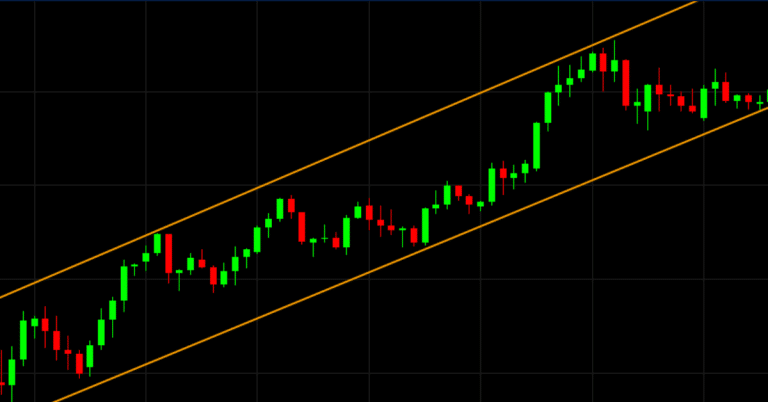Annualized return and average return are both measures used to describe the performance of an investment or portfolio over a specific period. However, they differ in how they represent the returns and the time frames they cover.
- Average Return: Average return is a simple calculation that gives you the average gain or loss of an investment over a specified period. To calculate the average return, you add up all the individual returns over the given time frame and divide by the number of periods. The formula is:
Average Return = (Sum of Individual Returns) / (Number of Periods)
The average return provides a straightforward representation of how an investment performed on average during the chosen period. However, it does not take into account the compounding effect of returns over time, which can be significant for long-term investments.
- Annualized Return (Compound Annual Growth Rate – CAGR): Annualized return, also known as the Compound Annual Growth Rate (CAGR), considers the compounding effect of returns over multiple periods. It provides a more accurate representation of the actual growth rate an investment achieved over a given time frame, assuming the returns were reinvested.
To calculate the annualized return, you need the starting value, ending value, and the number of years for which the investment grew. The formula for CAGR is as follows:
CAGR = (Ending Value / Starting Value) ^ (1 / Number of Years) – 1
The annualized return is expressed as a percentage and represents the average rate of growth per year over the specified period. This metric is particularly useful for comparing the performance of investments with different time horizons or when assessing long-term investment strategies.
The Importance of Annualised Return
For example, consider the case of an investment that loses 50% of its value in year 1 but has a 100% return in year 2. Simply averaging these two percentages would give you an average return of 25% per year. However, common sense would tell you that the investor in this scenario has actually broken even on their money (losing half its value in year one, then regaining that loss in year 2). This fact would be better captured by the annualized total return, which would be 0.00% in this instance.
Let’s consider a hypothetical investment in a stock that has provided the following annual returns over a 3-year period:
Year 1: 10% Year 2: 5% Year 3: -2%
To calculate the average return, we simply add up the annual returns and divide by the number of years:
Average Return = (10% + 5% – 2%) / 3 = 4.33%
The average return for this investment over the 3-year period is approximately 4.33%.
Now, let’s calculate the annualized return (CAGR) for the same investment.
Starting Value (Year 1) = $100 Ending Value (Year 3) = $100 * (1 + 10% / 100) * (1 + 5% / 100) * (1 – 2% / 100) = $107.58
Number of Years = 3
CAGR = ($107.58 / $100) ^ (1 / 3) – 1 ≈ 3.57%
The annualized return (CAGR) for this investment over the 3-year period is approximately 3.57%.
In this example:
- The average return is 4.33%, which is simply the arithmetic mean of the individual returns over the 3-year period.
- The annualized return (CAGR) is 3.57%, which represents the average annual growth rate of the investment over the 3-year period, considering the compounding effect of returns.
As you can see, the annualized return is slightly lower than the average return because it accounts for the compounding effect, which reduces the overall growth rate. The annualized return is often a more meaningful metric when comparing the performance of investments over different time frames or when evaluating long-term investment strategies.
In summary, the key difference between average return and annualized return is that the average return is a simple arithmetic average of the individual returns over a specified period, while the annualized return takes into account the compounding effect of returns over multiple periods, providing a more accurate representation of the investment’s performance over time.






